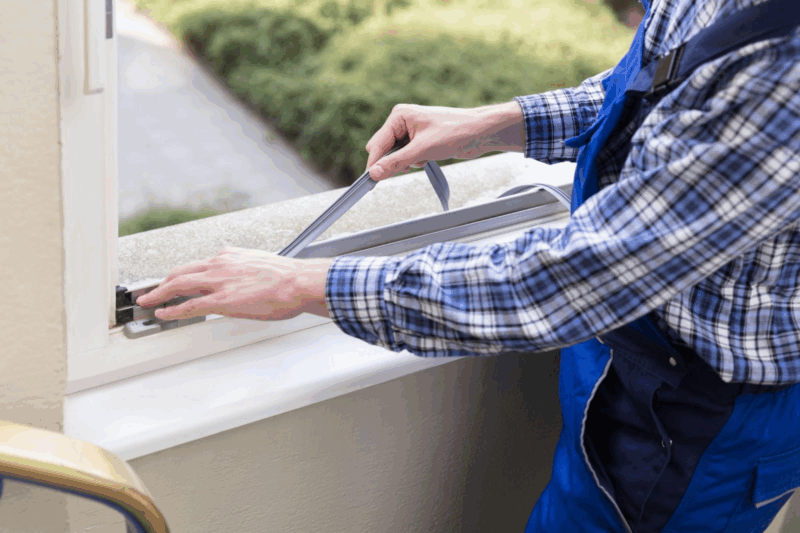
Breaking ground without knowing what’s below is one of the fastest ways to lose control of a commercial construction project. You may have the plans, the permits, and the equipment lined up, but if the soil conditions don’t match expectations, everything can fall apart.
Subsurface profiling solves that. With tools like the MATECO Cone Penetration Testing (CPT) drilling, you get continuous, real-time data before you start construction. You’ll know where the soil can support a foundation and where it can’t. In this article, we will go over several ways that subsurface profiling can help.
Foundation Failure or Overdesign
Foundation problems are one of the most expensive issues you can face after construction begins. If the soil beneath your site can’t support the planned structure, you’re forced to redesign footings, switch to deeper piles, or, worse, halt work entirely while waiting for new plans and permits. But the reverse can also hurt you. Overbuilding a foundation because of limited data wastes concrete, labor, and time. Both scenarios cost you.
Cone Penetration Testing (CPT) helps prevent this by giving you a detailed profile of the soil’s strength and structure from the surface down. Instead of relying on spaced-out boreholes and lab results that take days, CPT provides real-time readings of tip resistance and sleeve friction. That data shows you exactly where load-bearing soils begin and how deep weak zones go. You can hand your engineer a report based on continuous measurement, not guesswork.
Water Table Surprises
Water is one of the most disruptive forces you can encounter during site work, especially when it shows up where you didn’t expect it. Whether you’re planning elevator pits, basements, or slab-on-grade construction, groundwater can turn excavation into a mess and push costs higher fast. Pumps, delays, and design changes become part of the job when they shouldn’t be. What’s worse is that water-related problems often don’t show up in early planning, especially if you rely on scattered borehole data.

The Hydraulic Profiling Tool (HPT) helps you avoid these surprises by showing exactly how water moves through the soil. It doesn’t just tell you if water is present—it reveals how easily it flows, where it builds pressure, and which layers allow rapid movement. This matters when planning waterproofing, drainage, or dewatering systems. Instead of reacting to water during excavation, you’re planning for it with real numbers.
Construction Delays and Change Orders
Delays during construction rarely start on the surface. They begin underground, when unexpected soil or water conditions force you to stop, reassess, and revise. Every day lost waiting on new designs or approvals drains your budget and pushes the schedule back. These aren’t minor setbacks. They can trigger a chain reaction that affects subcontractors, deliveries, inspections, and final occupancy.

You can avoid this with subsurface data collected before the first machine hits the ground. HPT and CPT provide continuous profiles of the soil and groundwater, so you’re not relying on assumptions or patchy borehole reports. You see where the soil shifts, where the water table rises, and where structural or drainage issues are likely to occur.












